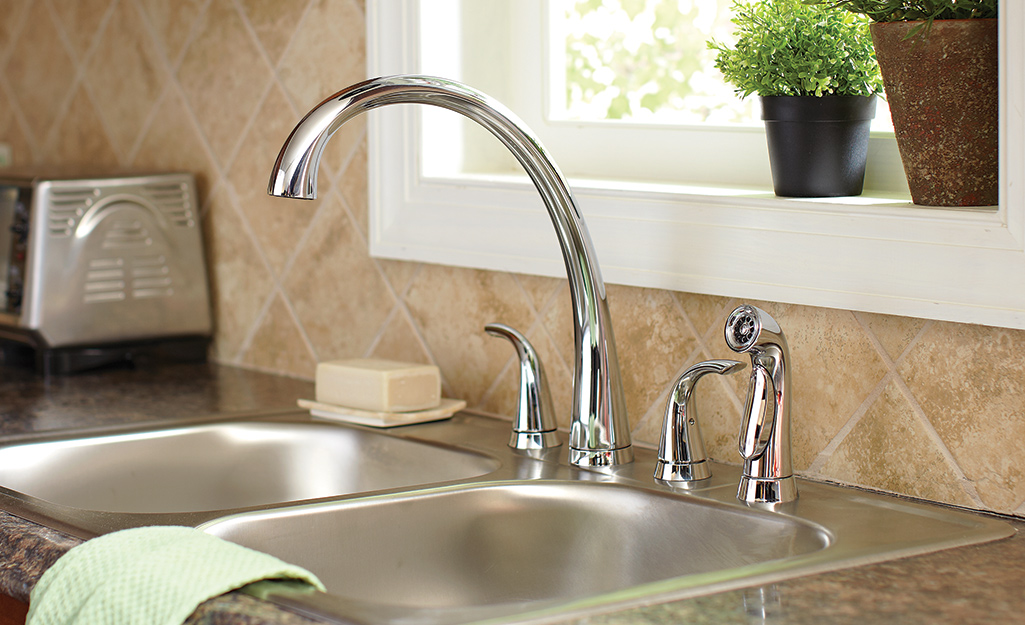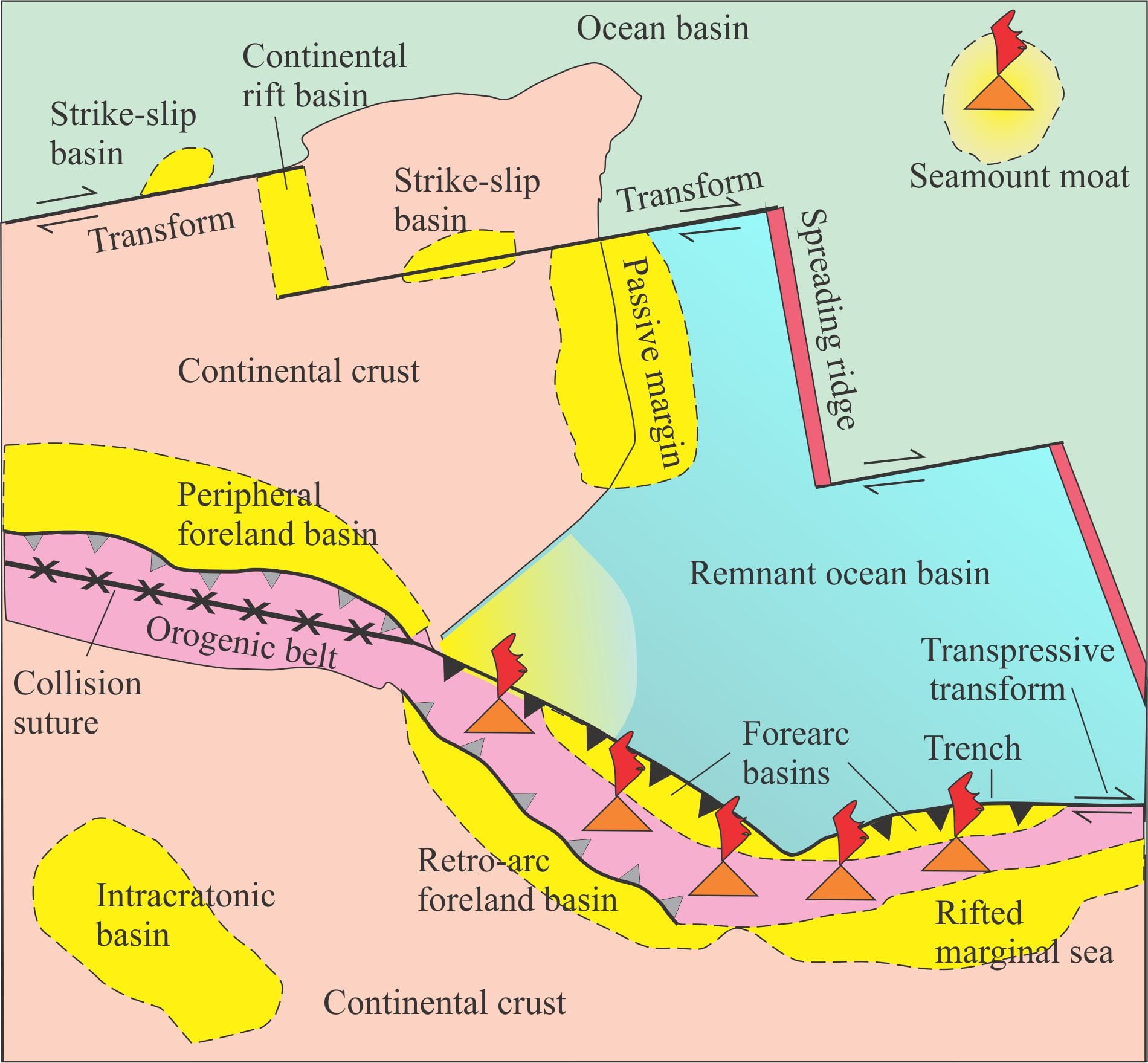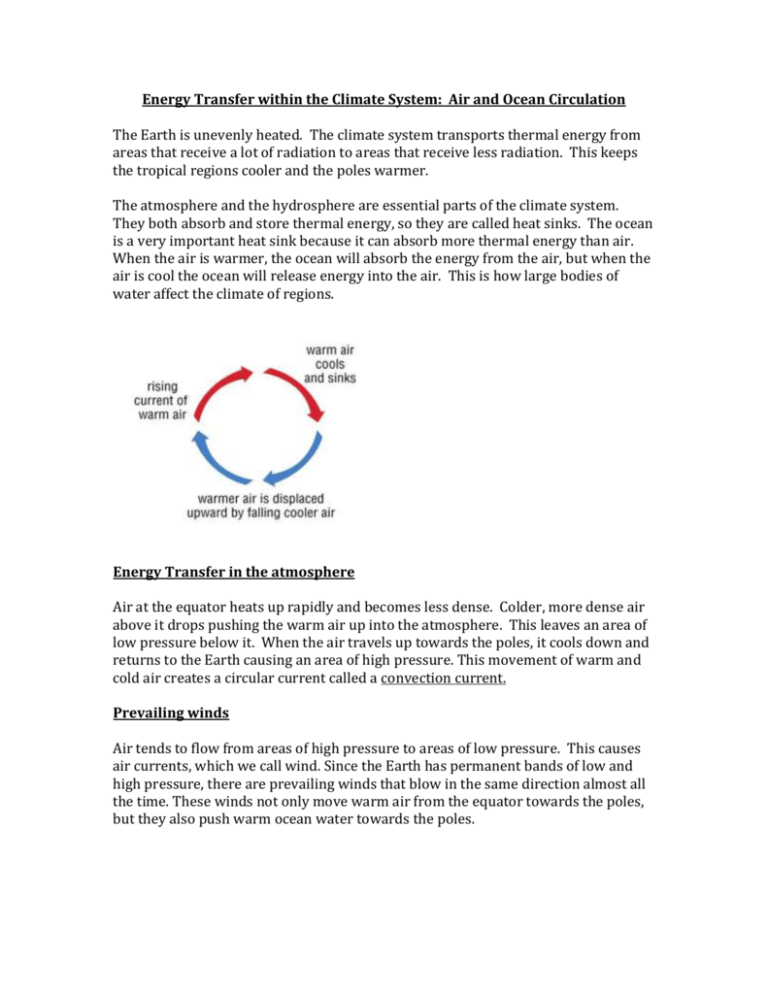Cold Water Near the Poles Sinks and Flows
Surface ocean currents warm or cool. As sea water freezes salt is forced out of the ice in a process called brine exclusion.

Ocean Currents Science Quiz Quizizz
Cold surface currents come from polar and temperate latitudes and they tend to flow towards the equator.

. Then eventually coming back again in warmer regions. The conveyor belt begins on the surface of the ocean near the pole in the North Atlantic. Formation of sea ice also helps to increase the density of water near Earths poles.
The ocean encloses a certain water activity creating the Global Conveyor Belt which is about the thermohaline circulation which is a system of currents. Cold water near the poles sinks and then flows parallel to the ocean bottom eventually rising again in warmer regions through a process called _________. Water gets colder with depth because cold salty ocean water sinks to the bottom of the ocean basins below the less dense warmer water near the surface.
Deep currents occur when the cold dense water from the poles sinks below warmer less sense ocean water and flows towards the equator. Ocean currents Similar to air currents. Surface water is moved by winds.
The densest ocean water is formed in two primary locations near the poles where the water is very cold and highly saline as a result of ice formation. Like the warm surface currents they are driven mainly by the wind. Basically the cold water tend to sink under the warm water which has more salt and more ability to absorb heat.
How Melting Arctic Ice Affects Ocean Currents In the North Atlantic water heated near the equator travels north at the surface of the ocean into cold high latitudes where it becomes cooler. Convection cells are set up with warm water moving along the surface to the poles and deep cold water flowing toward the equator. This water flows as deep cold water to all of our oceans.
Dense-cold-salty water sinks to the ocean bottom. What does deep ocean water do as it reaches the equator and warms. Changes in the density of ocean waters caused by changes in salinity re also important in the formation of ocean currents.
Then the cold water flows back along the ocean floor as a deep current. The densest deep water mass is formed in the Weddell Sea of Antarctica and becomes the Antarctic Bottom Water AABW. Some of it then descends.
Surface water flows in to replace the sinking water which in turn becomes cold and salty enough to sink. Cold water near the poles sink and flows along the ocean bottom. When this dense water sinks to the ocean floor more water moves in to replace it creating a current.
Just as rivers on land flow downhill towards the sea deep density-driven currents in the oceans move along submarine valleys towards the deepest parts of the ocean. The ocean water near the poles sinks because it is denser than the water in the rest of the ocean. The salty cold water near the poles sinks toward the.
Generally speaking the water is warmed at or near the equator and flows toward the poles. As it cools it becomes more dense and because cold water is more dense than warm water it sinks to the deep ocean where it travels south again. Currents move water from the equator to the poles.
Two main factors affect the density of the ocean water. It moves toward equator. The same thing occurs in the ocean.
At and around the Arctic and Antarctic the water is cooled. Deep currents move and mix water around the world. The sinking and transport of cold salty water at.
These warm or cool the air above them thus affecting the weather and climate of nearby landmasses ecosystems. They carry cold water from the poles toward the equator. Sea ice is surprisingly essentially fresh water.
Deep ocean currents are created by cold water rising sinking. Cold water from poles sinks and moves along the ocean floor in current. As water temperatures begin to decrease and salinity increase the water becomes denser and sinks.
At the frigid poles seawater cools down and sinks. Remember that when ocean water freezes the ice that forms does not contain salt. The salty cold water near the poles sinks toward the ocean floor.
Here the water is chilled by arctic temperatures. At the earths poles when water freezes the salt doesnt necessarily freeze with it so a large volume of dense cold salt water is left behind. In the global conveyor belt cold water from the North Pole passes the.
Much of the water near the poles is frozen in icebergs and sea ice. Cold water from the poles pushes up warmer water. This starts the global conveyer belt a connected system of deep and surface currents that circulate around the globe on a 1000 year time span.
The cold water is now more dense due to the added salts and sinks toward the ocean. The new water also gets cold and sinks continuing the cycle. What causes ocean water near the equator to be warmer.
Splits into three different currents flows directly into the Indian Ocean rises to the surface and flows to the equator passes the equator and flows toward Antarctica Weegy. The water flow creates currents which transport heat energy. Warm salty water from the Gulf Stream flows to the North Pole area cools and sinks.
The excluded salt increases the salinity of the cold water immediately below the ice making it denser still. All the deep oceans are connected to each other. Transport heat energy within the biosphere.
Cold water near the poles sinks and flows parallel to the ocean bottom rising again in warmer regions. The cold salty waters that drive the thermohaline circulation form in the Arctic Ocean the North Atlantic and. Cold salty water is dense and sinks to the bottom of the ocean while warm water is less dense and remains on the surface.
Cold water has a higher density than warm water. In the Thermohaline Circulation THC cold downwelling plays a significant role. It also gets saltier because when sea ice forms the salt does not freeze and is left behind in the surrounding water.
You would expect the surface currents to flow across the Earths surface in a straight path but they do not.

Heat Transfer In The Biosphere Winds And Currents Similar Patterns Of Heating And Cooling Occur In Earth S Cold Water Near The Poles Ppt Download

Buy Rolls Neo 28mm Chrome Cup Bracket Metal Eyelet Curtain Pole 2151r Fashion Interiors Metal Curtain Pole Curtain Poles Metal Curtain

Gallery Of Bahrain National Theatre Architecture Studio 5 Studios Ceilings And Natural

Brand New Added Today Cute Over The Stove Or Doorway Sign For Kitchen Who Doesn T Ask This Eve Kitchen Remodel Layout Farmhouse Kitchen Signs Decorating Help

Our Favorite Feng Shui Plants For Cleansing The Air Air Cleaning Plants House Plants Plants

15 Captivating Bathrooms With Wooden Bath Tubs Home Design Lover Western Bathroom Decor Rustic Bathrooms Rustic Bathtubs

Classification Of Sedimentary Basins Geological Digressions
Why Does The Warm Tropical Air Sink When They Reach The Poles Quora

Lake Washington Residence With Expansive Views Bathroom Sink Design Contemporary Bathroom Sinks Modern Bathroom Sink

Because Of Differences In The Sun S Heating Of The Earth Air Moves Up Down And Around Over Time T Weather Science Earth Science High School Earth Science

Gallery Of Bahrain National Theatre Architecture Studio 5 Studios Ceilings And Natural

Fortis 78591llbn Kitchen 1 8 Gpm Single Hole Build Com Single Hole Kitchen Faucet Bar Faucet Faucet

Nasty Clogged Strainer Sink Wet Rest Stock Photo Edit Now 1670334613

Ducky Fishing Game Hook Game Fishing Game Bath Toys

Nasty Clogged Strainer Sink Wet Rest Stock Photo Edit Now 1670334613



Comments
Post a Comment